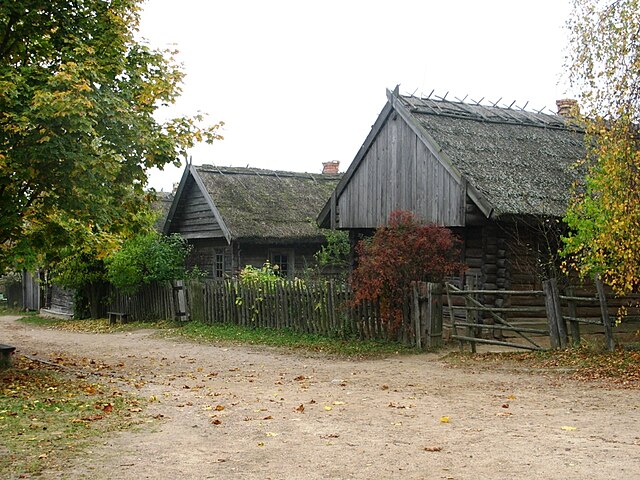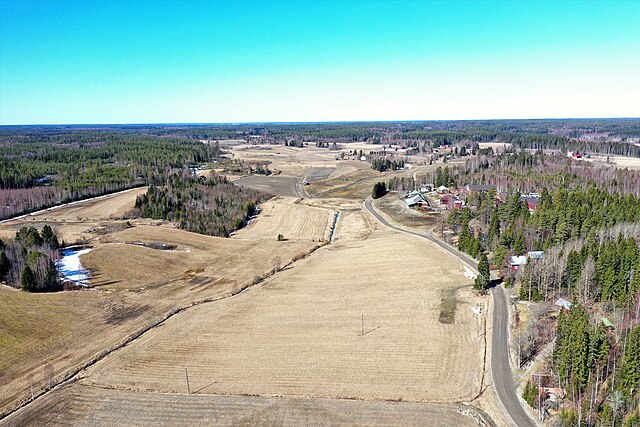A village is a clustered human settlement or community, larger than a hamlet but smaller than a town, with a population typically ranging from a few hundred to a few thousand. Although villages are often located in rural areas, the term urban village is also applied to certain urban neighborhoods. Villages are normally permanent, with fixed dwellings; however, transient villages can occur. Further, the dwellings of a village are fairly close to one another, not scattered broadly over the landscape, as a dispersed settlement.
Winter in a village.
Lerd tourist village in Ardabil province, Iran
A village in Strochitsy, Belarus, 2008
An alpine village in the Lötschental Valley, Switzerland
In geography, statistics and archaeology, a settlement, locality or populated place is a community of people living in a particular place. The complexity of a settlement can range from a minuscule number of dwellings grouped together to the largest of cities with surrounding urbanized areas. Settlements may include hamlets, villages, towns and cities. A settlement may have known historical properties such as the date or era in which it was first settled, or first settled by particular people. The process of settlement involves human migration.
The small town of Flora, Oregon, in United States, is unincorporated, but is considered a populated place.
A field landscape of the rural Pajuniemi village in Sastamala, Pirkanmaa, Finland
Taos Pueblo, an ancient pueblo belonging to a Taos-speaking Native American tribe of Pueblo people. It is approximately 1000 years old and lies about 1 mile (1.6 km) north of the modern city of Taos, New Mexico.
London, a city in the United Kingdom, is a large settlement with a human population of 14 million in its metropolitan area.








